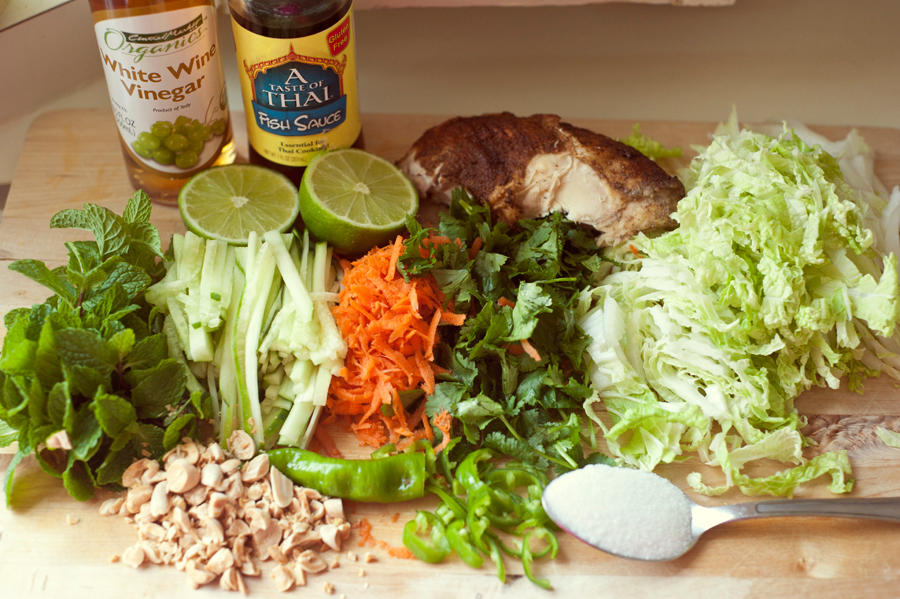
Customs and Cuisine of Vietnam
Because kitchens are typically small (meals may be cooked over only one burner and ovens are not common), meals are prepared and served in courses. Ask how many dishes are coming so you will have room for those served last.Great care is taken selecting chopsticks (many tourists bring their own to insure cleanliness) and wiping them on the small paper napkins that may be available is customary. A damp cloth in a small plastic bag is often provided to wash face, neck, hands and chopsticks. Slamming the bag between one’s hands, creating a loud pop to open the bag, is perfectly acceptable, and discreetly using a toothpick after a meal is considered a tribute. The small napkins mentioned above are frequently thrown on the floor in small local restaurants and not picked up until the restaurant closes, somewhat disconcerting to many Westerners. Because Vietnamese food is somewhat complicated to make and takes a long time to prepare, many Vietnamese frequent street food stalls or small restaurants where the entrepreneur may only prepare one dish and sell it very cheaply. It is almost a guarantee that a street vendor who is surrounded by a swarm of people sitting on little stools on the street has worked long and hard to perfect one or two dishes.
Dining Etiquette:
- Place food from serving plate into your rice bowl to eat. The bowl can be brought up close to your mouth.
- Chop sticks should not be left sticking out of a bowl, but set horizontally across the top of the bowl or on the side.
- Leave a bit of food on your plate so your host will feel she/he has been generous and provided enough food.
General Etiquette:
- A slight bow of the head and “cam on” (thank you) is always appreciated. • Vietnamese traditionally gently grasp with two hands when greeting each other accompanied by a small bow to show respect.
- Don’t pat babies or children on the head, but they are to be admired with a touch elsewhere.
- Motion for someone to come to you with the palm facing down with fingers moving toward the palm.
- Women should not wear short skirts, shorts or have bare shoulders unless at the beach or hotel.
- Take off shoes when entering a pagoda or someone’s house.
- It’s not uncommon for friends of the same sex to hold hands, but public displays of affection with the opposite sex are inappropriate.
- Vietnamese commonly ask foreigners personal questions such as, “How old are you?”
Vietnamese cuisine features a combination of five fundamental taste elements in the overall meal. Each dish has a distinctive flavor which reflects one or more of these elements. Common ingredients include fish sauce, shrimp paste, soy sauce, rice, fresh herbs, and fruits and vegetables. Vietnamese recipes use lemongrass, ginger, mint, Vietnamese mint, long coriander, Saigon cinnamon, bird’s eye chili, lime, and basil leaves. Traditional Vietnamese cooking is greatly admired for its fresh ingredients, minimal use of oil, and reliance on herbs and vegetables. With the balance between fresh herbs and meats and a selective use of spices to reach a fine taste, Vietnamese food is considered one of the healthiest cuisines worldwide.
Sources:
Annie Corapi (2011). “The 10 Healthiest Ethnic Cuisines” CNN Health WokMe. 2011.
View Recipes from Vietnam
Vietnam
